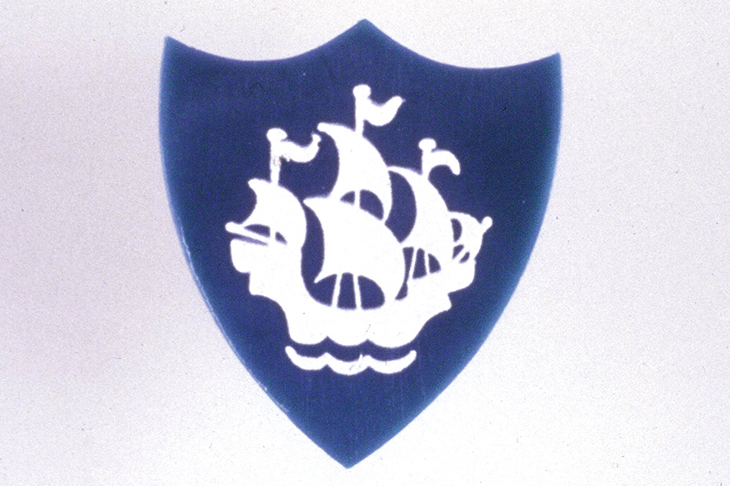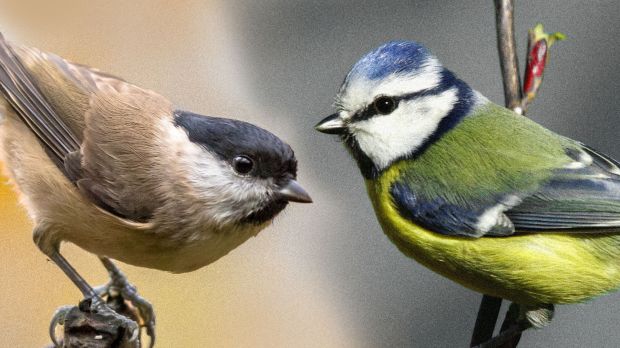Every Monday and Thursday afternoon when I was growing up, a drum roll would sound throughout suburban Britain. ‘Damian? Blue Peter!’ my mother would call out, in a voice that made it clear that my presence was required in front of the television. Blue Peter — 60 years old this week — was top of the very short list of programmes of which my parents approved.
We lived in Woodmansterne Road, Carshalton Beeches, Surrey. You can’t beat that for a Blue Peter-ish address. Our house was mock Tudor; my father worked for the Prudential. My younger sister and I, pupils at modest private day schools, slotted perfectly into the middle-middle-class demographic at which the show seemed to be aimed, though its reach was far wider. And we were lucky enough to watch it during the era of Valerie Singleton, Peter Purves and the late John Noakes, whose death from Alzheimer’s last year distressed millions of people. They were, and remain, the holy trinity of Blue Peter presenters.
John was the happy-go-lucky dare-devil Yorkshireman who climbed Nelson’s column without a safety harness. He was famous for telling his border collie to ‘Get down, Shep’ — but for me Shep was an intruder. I still missed his previous dog, Patch, mongrel offspring of Petra. When Patch and the rest of the litter were born in 1965, the Daily Express gave them a double–page spread. Patch’s sudden death in 1971 had to be handled very carefully by the show, so intimately did children identify with Blue Peter. The producers couldn’t get away with secretly substituting another dog, as they did when the original puppy Petra died, after just one enchanting performance.
Pete was a handsome smoothie whose hair grew longer and flares wider with every season. This can’t have pleased Blue Peter’s prim yet ferocious editor, Biddy Baxter. Previously he’d been William Hartnell’s assistant Steven Taylor in Doctor Who. (Weirdly, he is still playing the role of the Doctor, aged 79, in a spin-off podcast series.)
Val was an RAF wing commander’s daughter with a no-nonsense edge to her voice. She spoke BBC English, her accent becoming less cut-glass as the corporation relaxed its guidelines. In an episode from 1962, she looks like Audrey Hepburn but sounds like the young Queen as she watches a cake-maker decorate a sponge. (‘How lovely!’) Ten years later the vowels are less clipped and she’s wearing an Afghan coat. My sister and I didn’t understand what a ‘swinger’ was, but we could see that Val was looking trendier. God knows how we’d have reacted if we’d known that, as she later revealed, she’d had a secret abortion and a fleeting affair with (married) Peter Purves. The poor woman then had to cope with years of rumours that she was the singer Joan Armatrading’s lesbian partner. Even now, in her eighties, she’s understandably cross that this urban myth won’t die.
It was Valerie Singleton who set the tone of Blue Peter. And that, rather than her later impressive career as a financial and current affairs journalist, makes her one of the most important broadcasters in British history. Why is she not Dame Valerie? The package may have been assembled by Baxter, and the beloved Noakes was the star turn, but Val spoke to children in a friendly yet authoritative manner that reassured parents as well as children.
This may sound like ‘media studies’ hyperbole, but the social impact of Blue Peter during the disorientating late 1960s and early 1970s was enormous. Its annual appeals introduced children to charitable giving just as small-scale philanthropy was going out of fashion. The hard left sneered at such ‘middle-class’ enterprises, ignoring the fact that the crowds attending a Blue Peter event were just as big on Tyneside as in Surrey.
From time to time the real world intruded: I remember the presenters sitting on bean bags in a studio without a set because someone had gone on strike. But that just demonstrated that Val, John and Pete were there for us when we needed them. The ‘sticky-backed plastic’ they used for DIY toys (did such a product really exist?) and the phrase ‘Here’s one I prepared earlier’ entered the language because we regarded the gigantic studio with its triangular shelving as an extension of our living rooms.
Blue Peter was smiled on by the royal family when Val went on safari with Princess Anne, and by the Pope. By a happy coincidence, Paul VI was made a saint in Rome this week. I haven’t seen any reference to the fact that, in January 1973, he met a mantilla-veiled Valerie Singleton in the Vatican and, in shaky English, gave his blessing to the children of Blue Peter. (Those were the happy days when popes almost never made off-the-cuff remarks in public. You could probably get Francis to endorse Love Island if you caught him at the right moment.)
That sticky-backed plastic helped glue Britain together. After Val left as a full-time presenter in 1972, something was lost — specifically, the authority. Perhaps it was inevitable. Children no longer wanted to be addressed by adults old enough to be their parents. In the following decades, Blue Peter struggled painfully to define itself: that’s audible in the grotesque remixes of the hornpipe theme tune it adopted in the 1990s. Richard Bacon was sacked for snorting cocaine, but far more disturbing, to my mind, was the sacking of sweet, obviously gay Michael Sundin, who later died of Aids.
Now, happily, the show has regained some of its old style. The current long–serving presenters, Lindsey Russell and Radzi Chin-yanganya, do the ritual funky hand gestures at the beginning of the programme — no more chorus of ‘Hullo!’ — but then get down to conveying information with a passion that takes me back to Woodmansterne Road. Thanks to a recent episode, I now know lots of stuff about diamonds that had me shaking my head in wonderment. Happy birthday, Blue Peter. Make sure the BBC looks after you.
One last thing: the elephant in the room. In 1969, Lulu from Chessington Zoo went wild in the studio, defecating and dragging its keeper along the floor. This mishap has become the most famous blooper in 60 years of episodes. The scene in the studio is hilarious and disconcerting. But I bet you didn’t know, because they kept it quiet, that the footage was pre-recorded. Biddy Baxter saw the chaos and let it go out anyway. And John Noakes, that consummate actor, only pretended to step in the poo.
Got something to add? Join the discussion and comment below.
Get 10 issues for just $10
Subscribe to The Spectator Australia today for the next 10 magazine issues, plus full online access, for just $10.
You might disagree with half of it, but you’ll enjoy reading all of it. Try your first month for free, then just $2 a week for the remainder of your first year.














Comments
Don't miss out
Join the conversation with other Spectator Australia readers. Subscribe to leave a comment.
SUBSCRIBEAlready a subscriber? Log in